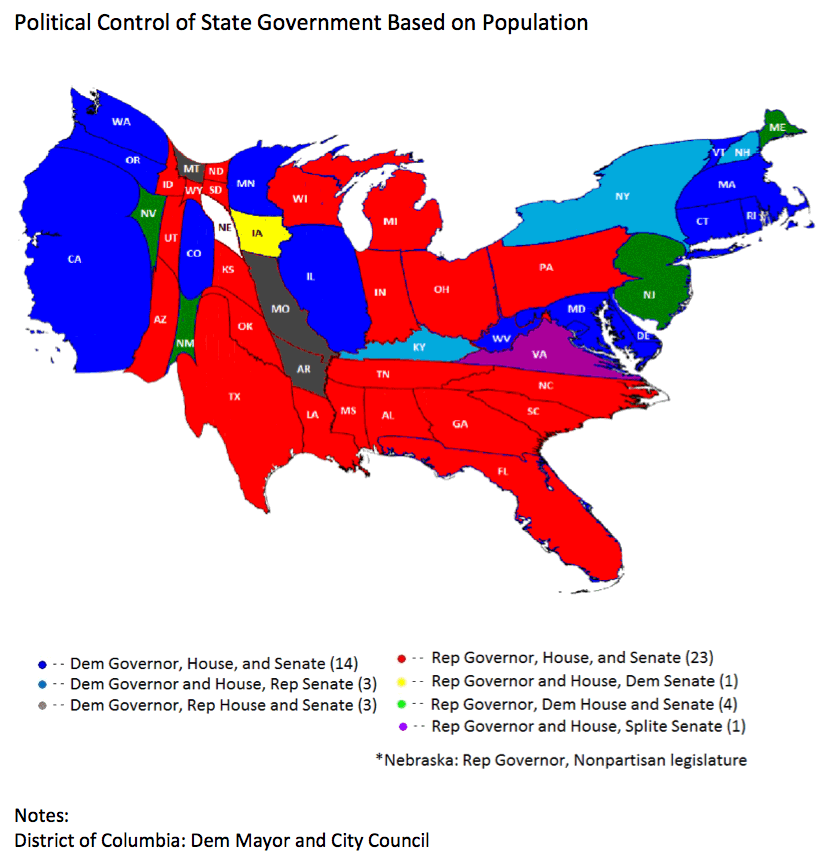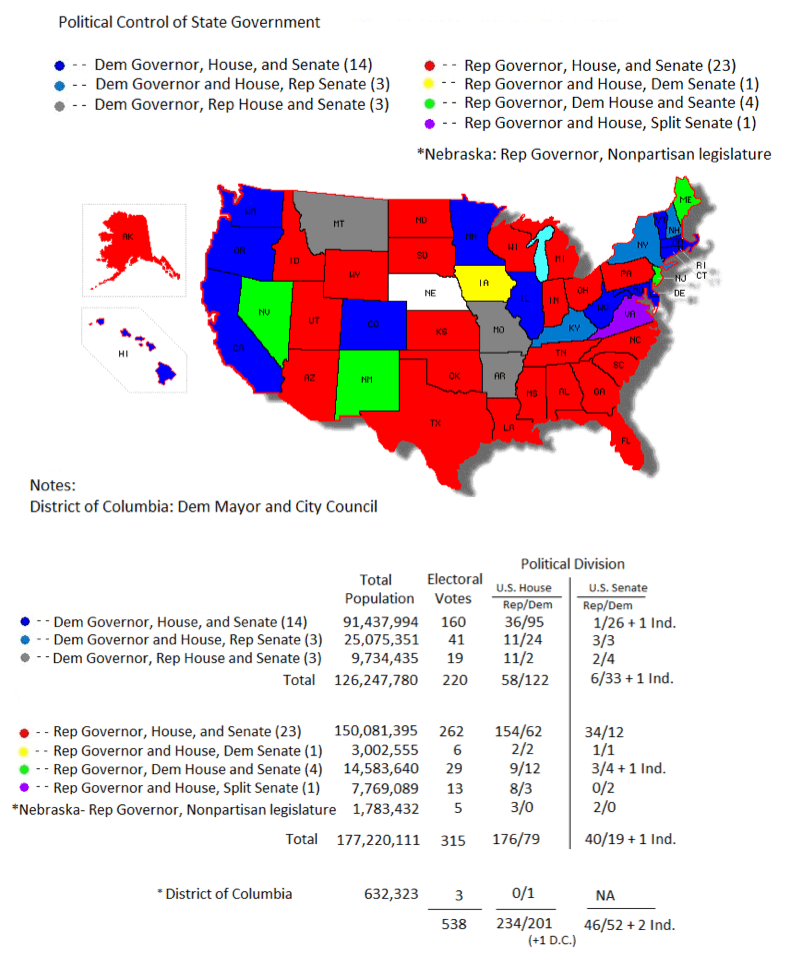August 10, 2013 8:59 AM
The Diminishing Role of Washington
In the last issue of the Watch it was noted that “the inability of the Congress to get little of consequence done, and the increasing dysfunction of the Executive Branch, have led Americans to the conclusion that they cannot look to the Federal government to solve the problems they face in their daily lives.”A case can be made that Washington is no longer the governmental center of the United States and will not be in the future. This evolution has come to pass because the Congress is currently unable to act, and much of the Federal Executive Branch defies reasonable management and control.
There are certain governmental responsibilities that will always be centered in Washington; for example, national defense, immigration policy, social security and Medicare (as long as they exist), control of planes in flight, broadcast airways, and monetary policy.
But, when it comes to the other issues of daily life, such as education, healthcare, support for those unable to support themselves, and social issues like birth control, abortion, same gender marriage, and voting rights, control will be centered in a series of regional enclaves, States, or even cities.
The enclaves are and will be designed based on philosophical political control. And at this time more of the country’s population lives under republicanism /more conservative control than lives under democratic/more liberal control.
The national political parties have long ceased any role as the instigator, developer or manager of political policy. And, while for some period, they were the primary vehicle of organizational activity and fundraising, even those roles have been diminished.
The mechanics of political engagement are now more often than not administered by a variety of office holders, candidates, and private, politically oriented organizations.
The maps and data that follow illustrate the political control of the States. The first map is based on actual State boundaries. In the second map, the contours of the States are based on their 2012 population.
23 States have a Republican Governor, Senate and House
- Population 150,081,395
- 262 electoral votes
- 34 Republican U.S. Senators/12 Democratic U.S. Senators
- 154 Republican U.S. House members/62 Democratic House Members
- Population 91,437,994
- 160 electoral votes
- 26(+1 Ind) Democratic U.S. Senators/1 Republican U.S. Senator
- 95 Democratic U.S. House members/36 Republican House Members
- Population 177,220,111
- 315 electoral votes
- 40 Republican U.S. Senators/19+1 Ind Democratic U.S. Senators
- 176 Republican U.S. House members/79 Democratic House Members
- Population 126,247,780
- 220 electoral votes
- 33+1 Ind Democratic Senators/6 Republican U.S. Senators
- 122 Democratic U.S. House members/58 Republican House Members

Click to enlarge
*Per the map’s author: “Where are Alaska and Hawaii? Not on the maps. I know. Sorry. There are some technical problems with non-contiguous cartograms that make it difficult to produce nice maps.
*Adapted from map created by Mark Newman, University of Michigan, November 8, 2012 © 2012 M.E.J. Newman: This work is licensed under a Creative Commons License. Text and images may be freely distributed.

